10 Tips for Implementing Oral Reading Practice
March 20, 2025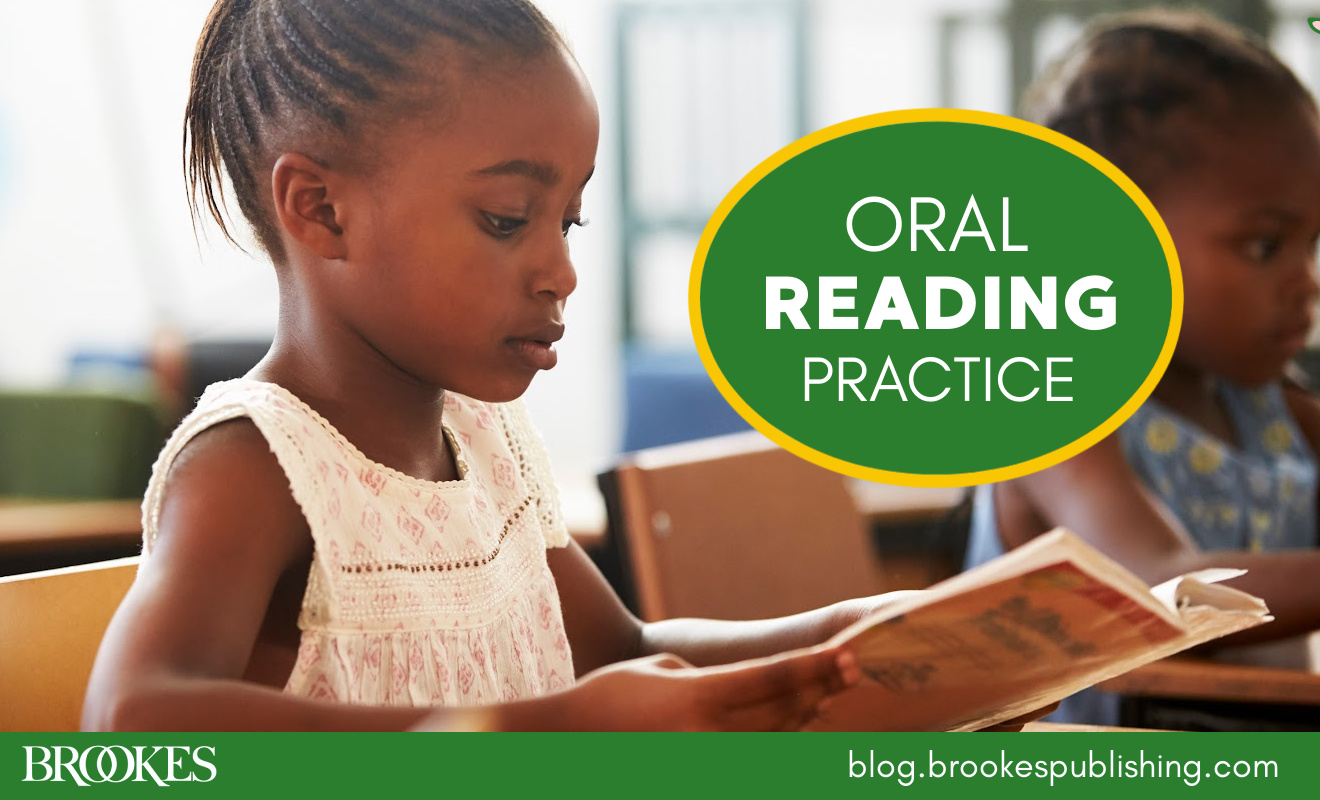
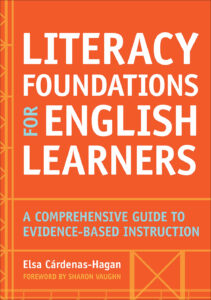 Today’s post has been adapted from the chapter “Reading Fluency Among English Learners” by Coleen D. Carlson, in Literacy Foundations for English Learners, edited by Elsa Cárdenas-Hagan, Ed.D., CCC-SLP, CDT, CALT, QI
Today’s post has been adapted from the chapter “Reading Fluency Among English Learners” by Coleen D. Carlson, in Literacy Foundations for English Learners, edited by Elsa Cárdenas-Hagan, Ed.D., CCC-SLP, CDT, CALT, QI
Repeated oral reading is a broad term for an array of oral reading fluency instructional techniques. These techniques are designed to boost the confidence of students with low reading fluency while increasing reading accuracy, speed, and the ability to process words automatically, read with meaningful expression, and comprehend the material.
Repeated oral reading can be done individually, in pairs, or in small and large groups. Although this method was originally proposed as an intervention for students with learning disabilities, research has shown that all students can benefit from it, including English learners.
Here are 10 tips for implementing oral reading practice in your classroom and helping any students who need extra support:
- Implement practice consistently, multiple times per week.
- Choose texts that are approximately 100–200 words. Longer texts can be used as students become more proficient readers.
- Ensure that the selected text is decodable to the reader—on or near their instructional level.
- Preread the text to yourself and briefly teach the student any words you think they will not know.
- Model fluent reading of the text—reading in a fluid manner with appropriate expression.
- Prior to student reading, instruct students to focus on the accuracy of their reading as well as appropriate expression and comprehension.
- Have students read the selected passage aloud. Record and chart their reading accuracy, reading rate, and appropriate expression. Allow the students to participate in tracking progress.
- If a student misreads a word or asks for the pronunciation, then provide the correction and encourage them to continue. The goal is for the student to increase their ability to self-monitor and self-correct.
- Include a focus on deeper text comprehension through summarizing, questioning motives, predicting, linking to personal experiences, and so forth.
- Have a student reread the passage as many times as needed until the reading of the text is fluent and the student shows good comprehension.

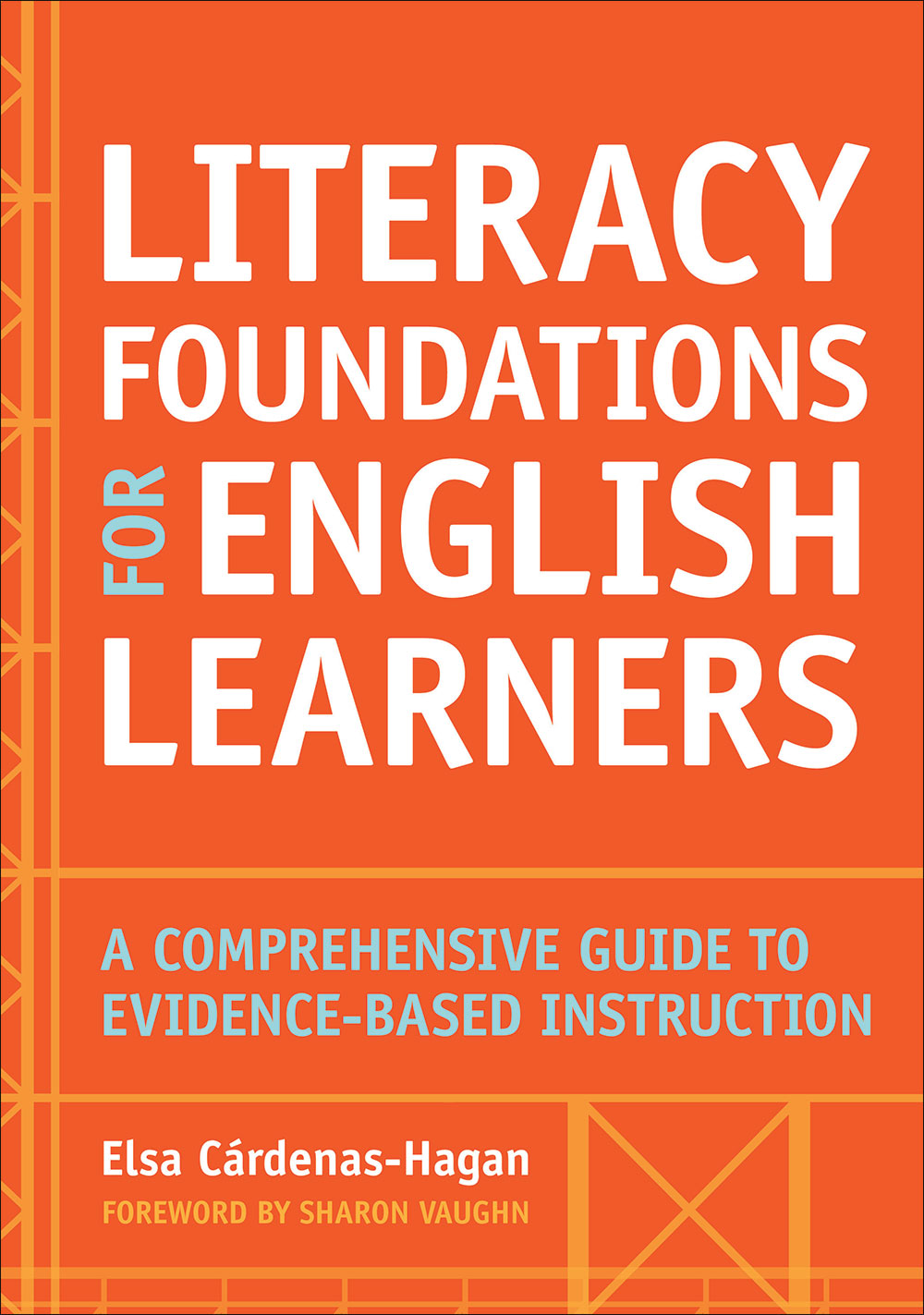

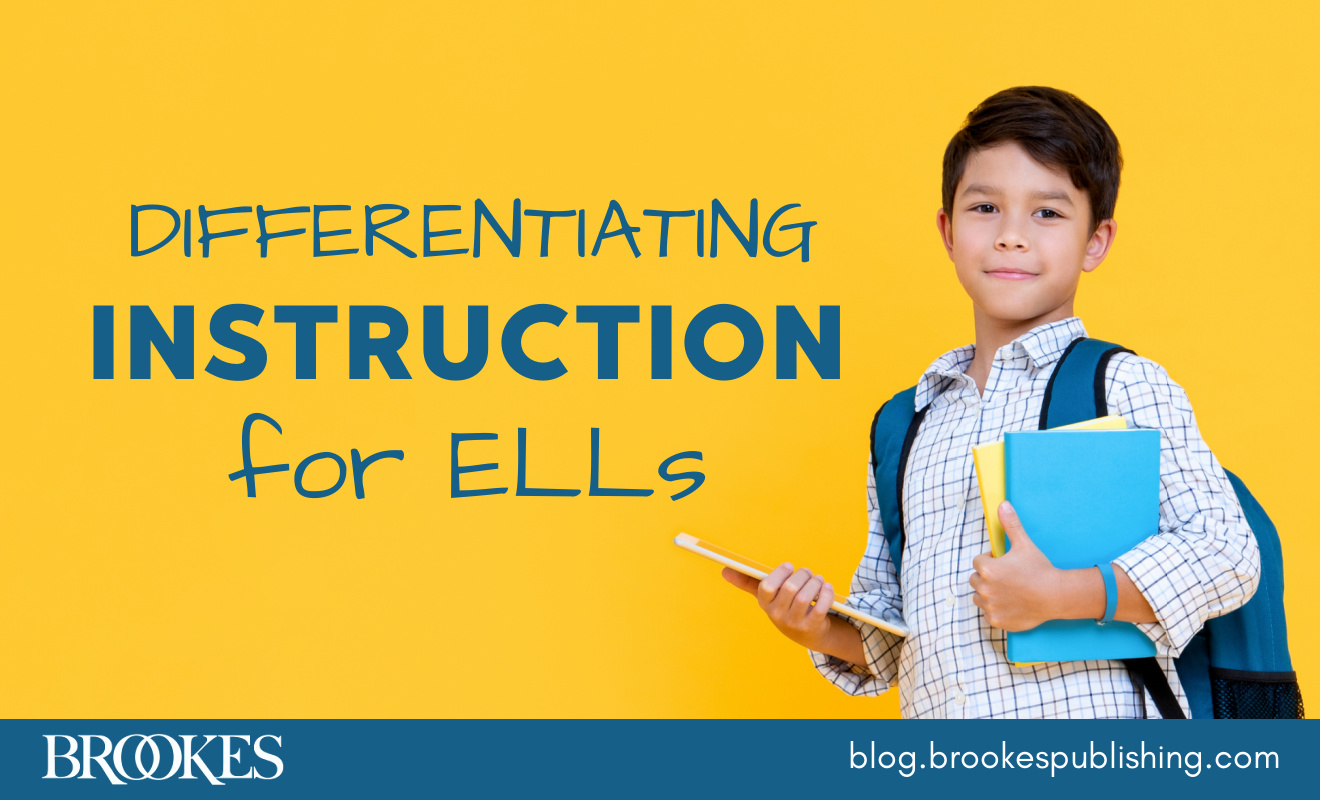
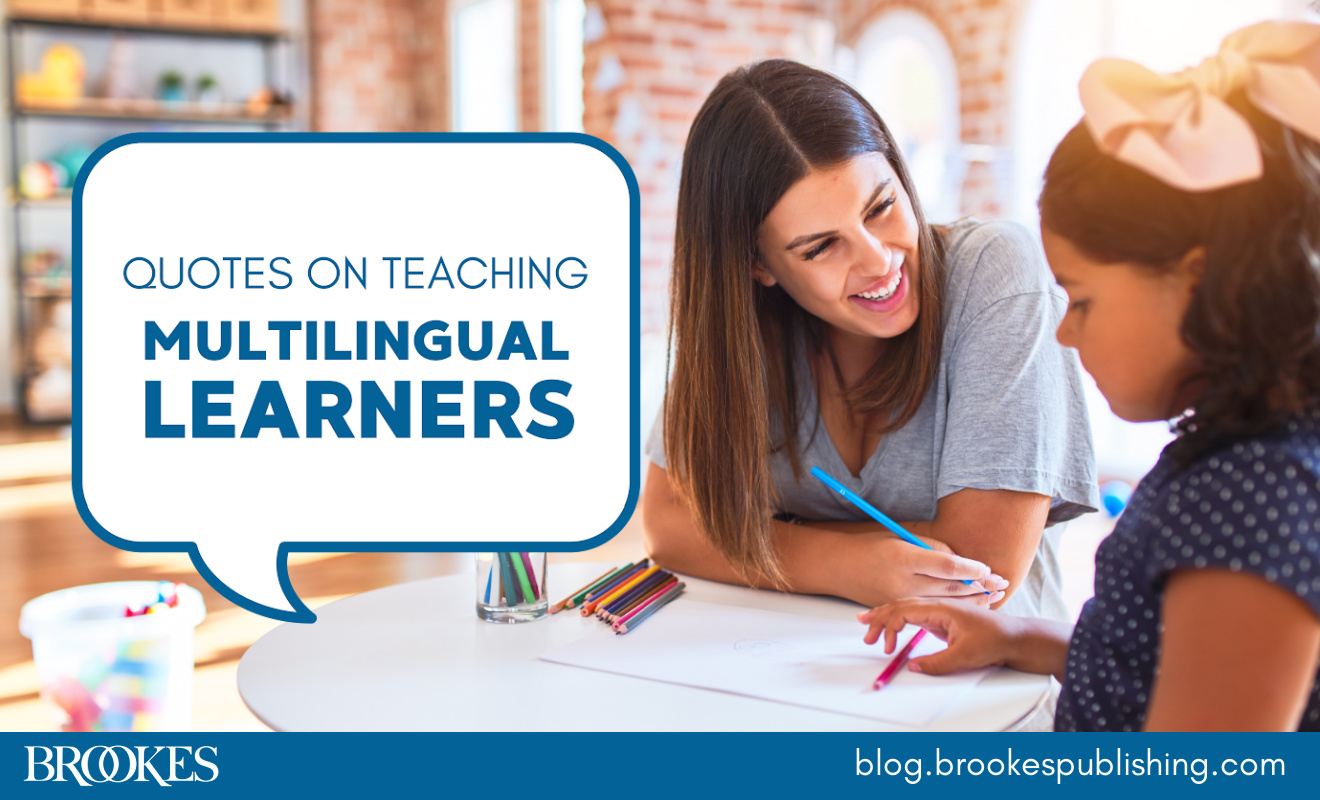
Write a Comment
Your email address will not be published. Required fields are marked *
Post a Comment